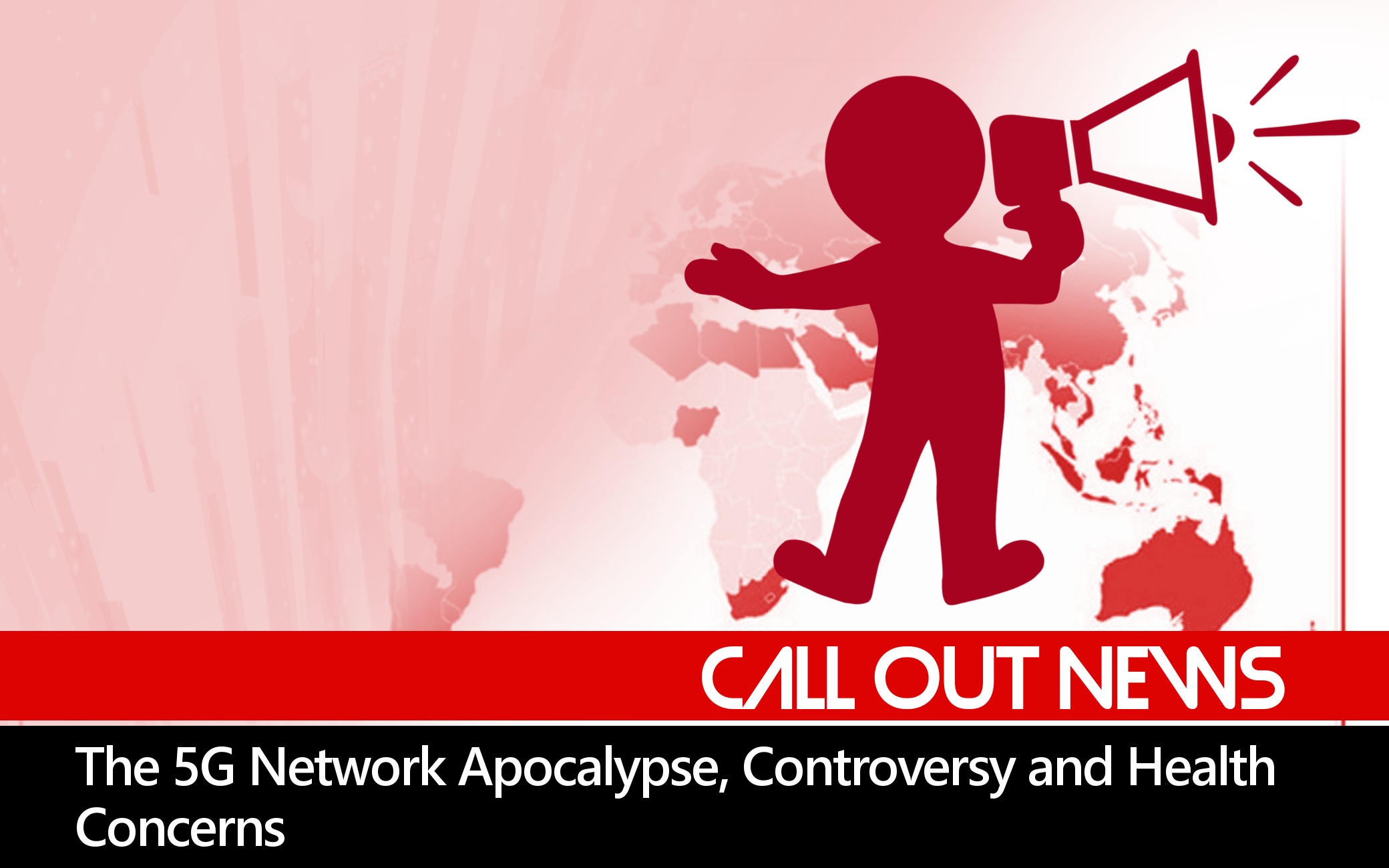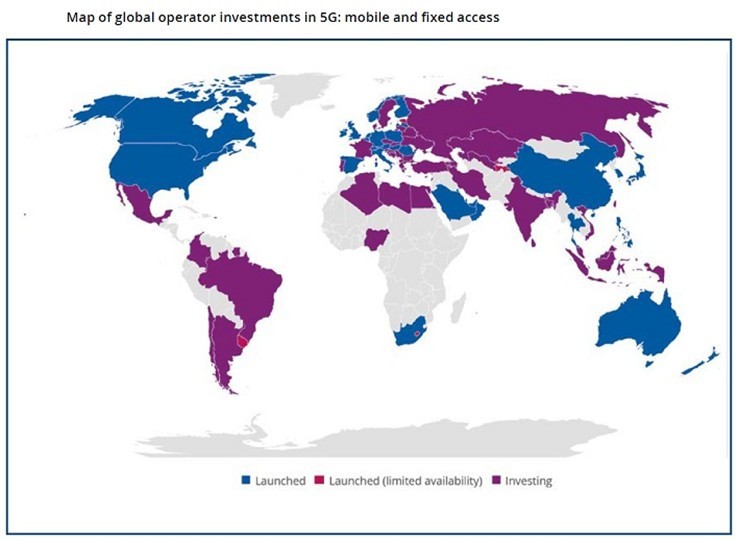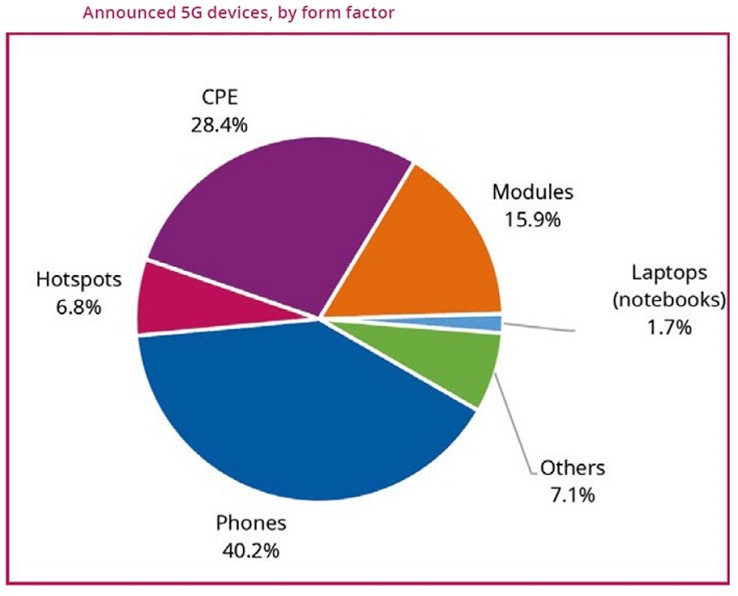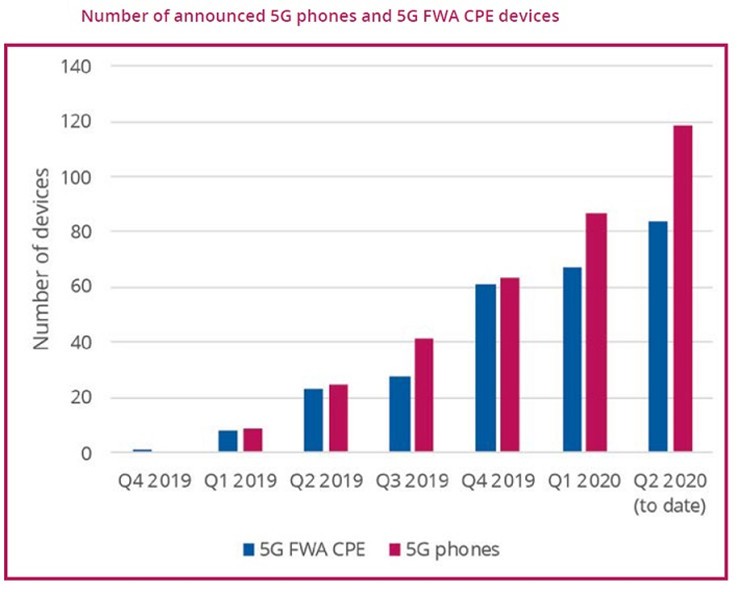
Cellular mobile networks are part and parcel of our lives. The fact that more than 50% of website traffic worldwide comes from mobile devices corroborates a bright future for mobile networks. Accordingly, right now we are undergoing a generational shift in mobile networks to 5G. 5G is designed to connect users to all the digital devices that include machines, objects, and devices.
Cellular Networks Basics
These are the mobile networks where the overall service area is divided into smaller Cells, where each cell is serviced by cell towers. Cell towers emit radio waves that keep the digital devices ‘Connected’ in their geography. Cell towers provide voice and data (downloads) services. Ever since the beginning of mobile telephony in 1979, the cellular networks have strived to evolve and provide more fidelity and lesser latency. Back in the day, one would easily lose network signal without making an effort. Nowadays we have to walk into an elevator or go underground to lose them.
5G Use Case
By virtue of its high speeds, 5G has a wide ambit of use cases, which include:
- Immersive gaming – A thorough VR experience without the need to hang a supercomputer on your face
- Enabled Healthcare – Doctors being able to operate on the patient as soon as they board the Ambulance
- Connected Vehicles – Your vehicle speaking to traffic signals and conveying the emergency
- Enabled Stadiums – Crowds being a part of the live action
- High-tech Surveillance – Video surveillance using drones with high-speed internet connectivity
- Fixed wireless local area – A connected community with high-speed network access
5G Versus 4G
5G mobile cellular network can have up to a million devices connected to it per square kilometer, while 4G has the capability to support only up to 100,000 devices per square kilometer.
A 5G mobile network can be running on any of its 3 inherent technologies. They vary as a trade-off between download speeds and geographical service reach. You may have eMBB (enhanced Mobile Broadband), which is essentially an update over the existing 4G network. The other 2 technologies are called URLLC (Ultra Reliable Low Latency Communications) and mMTC (massive Machine Type Communications). Only eMBB is commercially deployed in 2020, the other two are still a long way from implementation; proof that 5G is still nascent as a tech within itself.
4G or the LTE had its purpose to converge with Wi-Fi by use of similar standards. Although the target is far from being met, 4G did cover a lot of ground. With 5G’s significant improvements in the Radio Access Network, we might see a radio convergence of sorts where devices would switch seamlessly between Wifi and 5G networks using a single device connection. No more need to turn the WiFi On/Off on your device to be able to connect.
Backward Integration
All of the 5G wireless devices will have in-built 4G LTE connectivity. This is because they would need 4G to initialize the connection with the cell towers. As in the present case, we have almost all 4G LTE devices capable of connecting to 3G and 2G; in a similar fashion, 5G devices would be able to connect to 4G network where 5G is absent.
When it comes to speeds, the lower band of 5G can run on existing 4G infrastructure and deliver better download speeds by a small margin. So the mobile service providers who are already on 4G may easily start offering the lower band of 5G with minimal upgrades to their network.
Speeds that Matter
The real 5G, which is being implemented commonly by service providers is the mid-band range network. It has 2.5-3.7 GHz microwave frequencies, that give you minimum download speeds of 100 Megabits per second and can go up to 900 Megabits per second. This means that you can download 1 GB file within 9 seconds over mid-band 5G connections. If you try to download the same 1 GB size file using your existing 4G mobile connection, the max speed you can afford is 80 Megabits per second. It will take you at least 1 minute and 47 seconds. Provided you have clear network reception and full signal strength. Such is the difference!
The highest band of 5G, which has a very small cell area, by virtue of economics, will be limited to high population density areas. The high-band also has a limitation when it comes to penetrating walls and windows so you may see them at stadiums and convention centers.
WiFi and 5G
5G is definitely not going to be a ‘WiFi killer’. As the development and implementation evolve, the radio standards for both WiFi and 5G are expected to align with each other. 5G will work hand-in-glove with WiFi and user devices switch seamlessly. 5G was never made to replace WiFi, because WiFi is an indoor King and 5G rules the outdoors.
The WiFi often uses Fiber or able broadband to connect to the internet, will continue to exist side-by-side with 5G.
5G Access Across the Globe
As per the latest report published by Global mobile Suppliers Association (GSA), there are 81 commercial 5G Networks in 42 countries. Also, by the end of May 2020, 386 operators in 125 countries have announced that they are investing to implement 5G networks.
As far as existing installations go, 73 operators in 38 countries have already launched 3GPP-compliant 5G mobile services.

List of 5G Ecosystem Devices
As per the GSA 5G Devices Ecosystem Report of June, 2020, a total of 84 vendors have announced available or forthcoming 5G devices. These devices are not limited to smartphones. They include 15 other form factors like drones, robots, head-mounted displays, laptops, Consumer Premises Equipment, etc.


5G and National Security
5G uses spectrum wavelengths that are close to passive remote sensing tech used for predicting weather patterns. If the 5G signals interfere this may lead to inaccurate weather forecasts. The 5G airwaves may also affect aviation operations, which is a threat to public safety and national security. In the US, a representation was made by government agencies against 5G spectrum auctions. The premise was that 5G will affect operations of Earth observation sensors for weather and climate forecasting. However, the same was not accepted by FCC and they turned down the request in March, 2019.
Governments are overtly concerned about the misuse of compromised 5G equipment. Sales of 5G equipment from Chinese vendors like Huawei have been completely banned in the US, UK, Canada, and Australia. Even the European Union went on to form its own body to do an objective assessment of identified risks and proportionate mitigating measures for 5G equipment.
Health Risks and Conspiracy Theories
It is clearly known that 5G runs on radio waves, much like its predecessor cell technologies. However, being the new kid on the block, conspiratorial theories refuse to die down. Yes, many countries have seen concerted efforts to delay implementation of 5G, but the reason for the delay is that the testing in the countries is slow. Apart from baseless claims, there has been no real evidence of 5G causing any health risk to the general population.
The concerns and claims raised over 5G causing health-related issues like Alzheimer’s disease, infertility, brain cancer, autism are not backed by scientific evidence.
We have seen side-effects of miseducation spread on social media linking 5G frequencies to Covid-19, which led to unrest in several parts of the world.
People have cashed in on crisis and pandemics, the latest example is the 5GBioShield USB key that saves owners from harmful 5G waves. It claims to create a protective aura around the person who carries the USB stick wherever they go. The tear-down by BBC exposed that it is just another USB stick, only that it could be sold for $426.
5G cellular network tech will provide us with the highest ever wireless speeds, ultra-low latency, and much more network reliability. It is time to embrace 5G is going to bring about USD 2.1 Trillion in global GDP growth. Its applications go beyond consumers and impact nearly every industry. We hope that acceptance of this technology is widespread and it helps bridge the digital divide.
